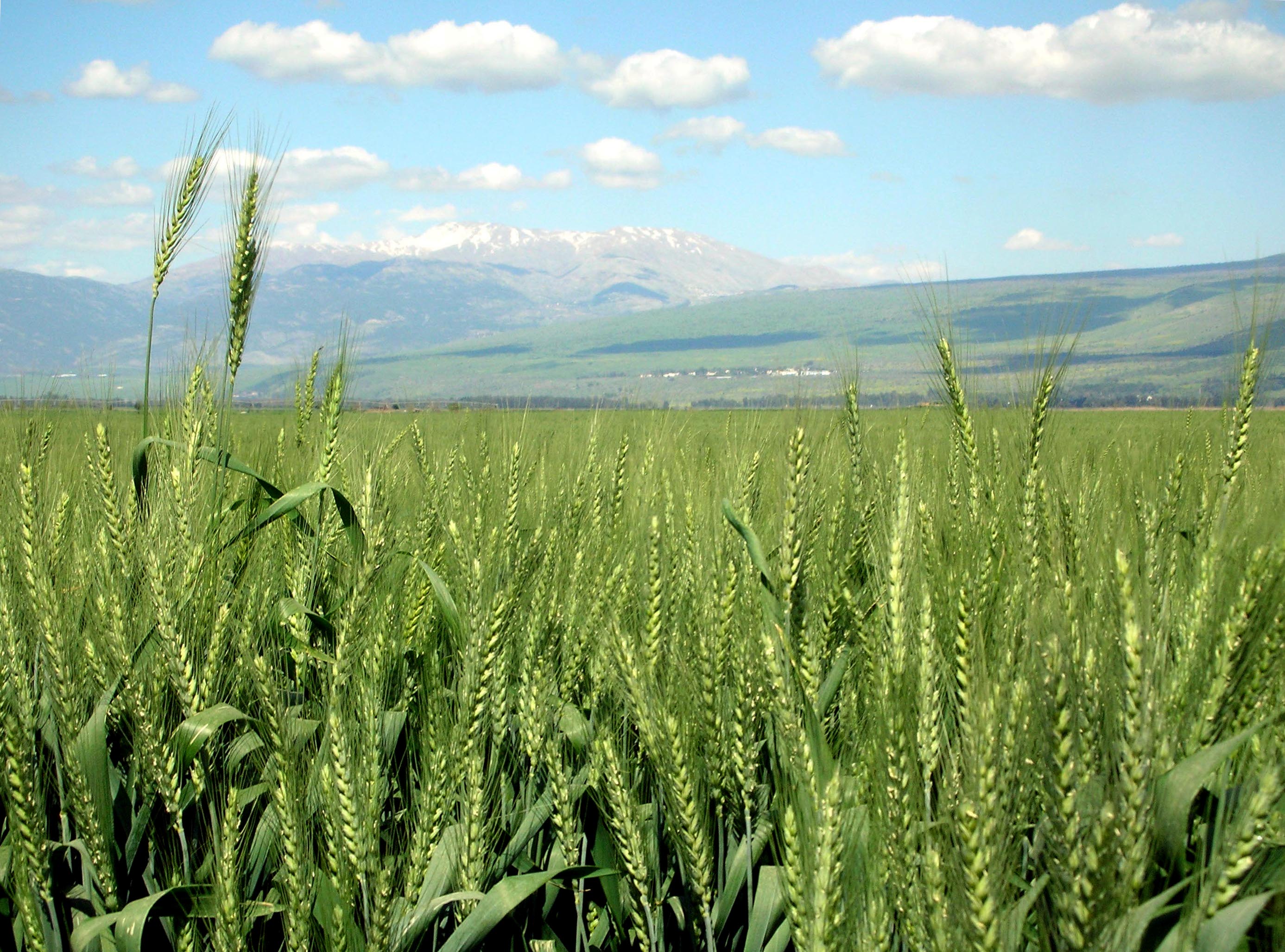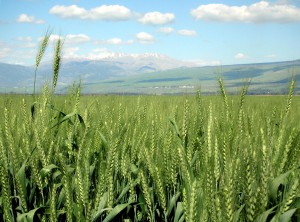
The Sunday Mail

Emilia Zindi Agriculture Editor
Although it can be argued that most farmers are still busy harvesting summer crops, the winter season preparation is largely dormant. The increasing downward trend of farmers showing no interest in the last four winter seasons has been attributed to exorbitant water charges, frequent power cuts during winter periods and the lack of inputs.
The Sunday Mail investigations revealed that water pricing has become a threat to sustainable agricultural productivity in both the small-scale and commercial irrigation farming communities.
The Zimbabwe National Water Authority (ZINWA), vested with the powers to distribute raw water to irrigation farms, has come under scrutiny on how it charges the resource. The ZINWA pricing system has affected the agricultural sector; farmers argue that the resource is expensive.
Zimbabwe has more than 300 functional irrigation schemes scattered across the country. Most of these are lying idle as ZINWA has either disconnected supplies or charge exorbitantly in situations where the farmers draw water straight from rivers or boreholes.
The farmers do not understand how they are arm-twisted into paying when they are using their own infrastructure.
As a result, most are now opting for summer season farming.
At a Selous farm along the Harare/Bulawayo highway, a farmer irrigated six hectares of tobacco for about a month and received a bill of $20 000 from ZINWA.
“Since last November, I have not been irrigating. This bill is from mid October to mid November only. This is unrealistic, I questioned the young man who dropped the bill how they reached at that figure, but he said he was just a messenger,’’ said the farmer who preferred anonymity.
The farmer draws water from the nearby Mupfure River. This is the reason why he is puzzled by the astronomical bill that has since dampened his spirits and is now discouraging him from venturing into winter wheat production and horticulture.
Another farmer in the same area said he irrigated three hectares of potatoes, tomatoes and maize last winter season and received a $18 700 bill. Obviously, irrigation water must come at a price, but are the charges justifiable?
“I would want to pay but the question that ZINWA is failing to answer is how they arrived at such an atrocious amount,’’ he said.
Questions on how ZINWA charges the irrigation water had not been responded to by time of going to print.
Due to the exorbitant water charges, the farmers are now questioning the profitability of winter irrigation farming.
A researcher from the Great Zimbabwe University, Mr Bernard Chazovachii, argued that water pricing is deterring irrigation agriculture productivity.
He said it was important to understand that institutional reforms and induced institutional changes were important contemporary issues in Zimbabwe as the country’s water laws and agricultural agencies were reformed.
The belief in decentralisation and privatisation of these institutions drove the transfer of responsibilities once held by public agencies to local user groups.
He said Zimbabwe faced transformation in both its agricultural and water agencies and also the interfaces between them, at field, ministry and policy levels.
With this came potential, financial and personal struggles that needed to be understood in the context of the way these new institutions were to function.
He said large-scale irrigation schemes should to be treated by Government as a public service whereby the budget for recurrent operation and maintenance would be provided by Government instead of farmers. Prior to ZINWA establishment, agricultural irrigation projects were subsidized by Government.
Under this arrangement, farmers used to pay a fee for the maintenance and operational cost. However, this fee was not related to the amount of water used by the farmer.
According to the Water Act of 1976 and amended in 1998, ZINWA was given the authority to all water bodies of which a statutory board was put in place to generate its own resources for operation and maintenance of infrastructure.
In 2000, ZINWA moved in swiftly, operating commercially. The water pricing automatically shifted from the small levies to Volumetric Water Pricing.
The supply and demand for water were thus disconnected in the typical public irrigation scheme and as a solution, water pricing was introduced. Initially, farmers were charged per litre for the volume of water they used.
This charge was sufficient to cover operating and maintenance costs.
“The implication of this approach has not been traced to check the challenges and opportunities that emerged as a result of charges,’’ said Mr Chazovachii.
“Had this been done, it would have been possible to tell whether volumetric water pricing to farmers was economically viable or not even if technically feasible. If not, then other types of irrigation water pricing would have been devised in order to give farmers a better sense of economic costs of the water resources. This would also have assisted the resettled farmers to check whether they were to be in A1 or A2 farmer category,’’ he said.
Before independence, irrigation water charges under the water permit charges were a way of ensuring performance and as a cost-recovery mechanism. Dam maintenance was a long-term recurrent cost based on the staffing and activities required for maintenance of the hydraulic and water delivery of the structure.
Mr Chazovachii argued that successful water pricing reforms requires understanding legacy issues, negotiation at farmer level, understanding commodity issues, pricing to mitigate shocks, transparency and sequencing of elements (the must do versus the nice to do), among other elements.
He said water pricing can be area-crop based, volumetric or market equilibrium pricing.
Emphasis is placed on the first two categories where water charges are determined by the area irrigated, water deliveries do not have to be measured. ZINWA usually employs this method.
“Defining operation and maintenance costs is important because the water supply entity may have an incentive to inflate the costs charged to farmers. In addition, the use of irrigated area varies from year to year and season to season.
“For instance, the area irrigated during wet season is usually much smaller than the dry season.
“In addition, the project or farm is usually larger than the area actually irrigated. Therefore, irrigation officials will need to estimate the area actually irrigated each season,’’ he said.
This system is widely used in many countries throughout the world due to the simplicity of its implementation.
“This area-crop-based pricing is more effective than an efficient but complicated volumetric pricing where implementation costs are high as these include both the fixed costs of installing metres and the added variable costs required for water delivery and monitoring.”
With volumetric pricing, the charges are based on the amount delivered where the economic optimal pricing rule requires that price should be set equal to the marginal cost of providing the water and also requires an accurate measurement of water through the metering system.
This method, though expensive to install, encourages farmers to limit their water usage as they will know they are paying for the quantity consumed at their farm.




